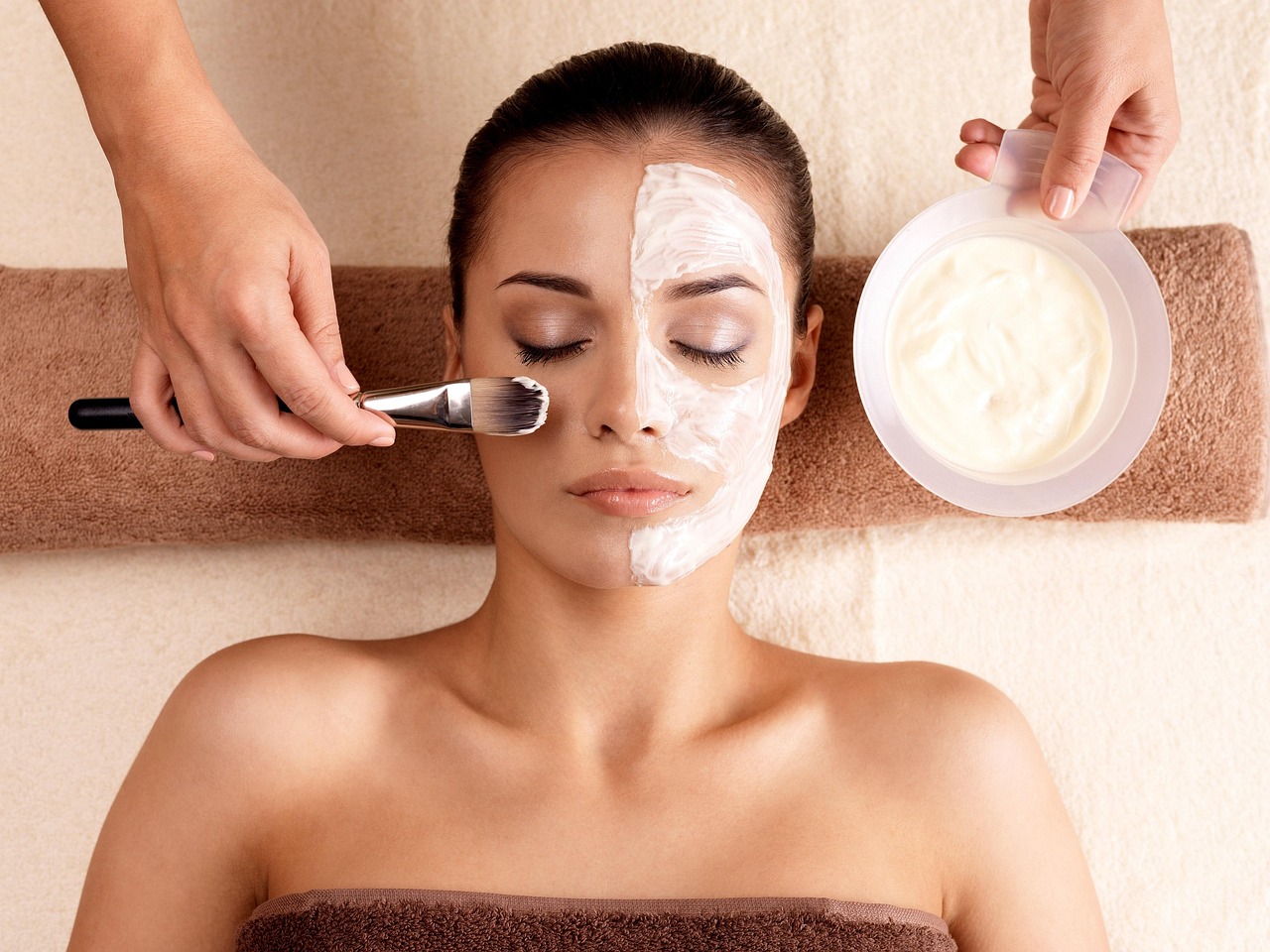This article explores the integration of Asian massage techniques with yoga practices, highlighting their combined benefits for holistic health, stress relief, and enhanced physical performance.
Yoga is a time-honored discipline that encompasses not only physical postures but also breathing techniques and meditation. Its origins can be traced back thousands of years to ancient India, where it was developed as a means to achieve spiritual enlightenment and physical well-being. The fundamental principles of yoga focus on the connection between the body, mind, and spirit, promoting overall health and balance.
The Role of Asian Massage Techniques
Asian massage techniques, such as Shiatsu, Thai, and Tui Na, are rooted in traditional practices that emphasize the flow of energy throughout the body. These techniques are designed to relieve tension, enhance flexibility, and promote relaxation. Each method has its unique approach, contributing to an individual’s overall wellness.
- Shiatsu: This Japanese healing art utilizes finger pressure to restore energy balance.
- Thai Massage: Combining acupressure with assisted yoga postures, it encourages deep relaxation.
- Tui Na: A Chinese massage technique that focuses on stimulating acupressure points.
Integrating Massage Techniques into Your Yoga Routine
Incorporating massage techniques into your yoga practice can significantly enhance your experience. For instance, a pre-yoga massage can effectively loosen tight muscles and improve circulation, preparing the body for movement. Conversely, a post-yoga massage aids in recovery, alleviating muscle soreness and promoting relaxation.
When selecting the appropriate massage technique, it is essential to consider your individual needs. Listening to your body’s signals can guide you in choosing the best approach. Additionally, consulting with trained massage therapists can provide personalized insights, ensuring that the techniques align with your wellness goals.
The Synergy of Yoga and Asian Massage for Stress Relief
Both yoga and Asian massage are powerful tools for managing stress. Their combination not only enhances physical relaxation but also contributes to mental clarity, creating a comprehensive approach to well-being. By integrating these practices, individuals can experience profound benefits that extend beyond the mat.
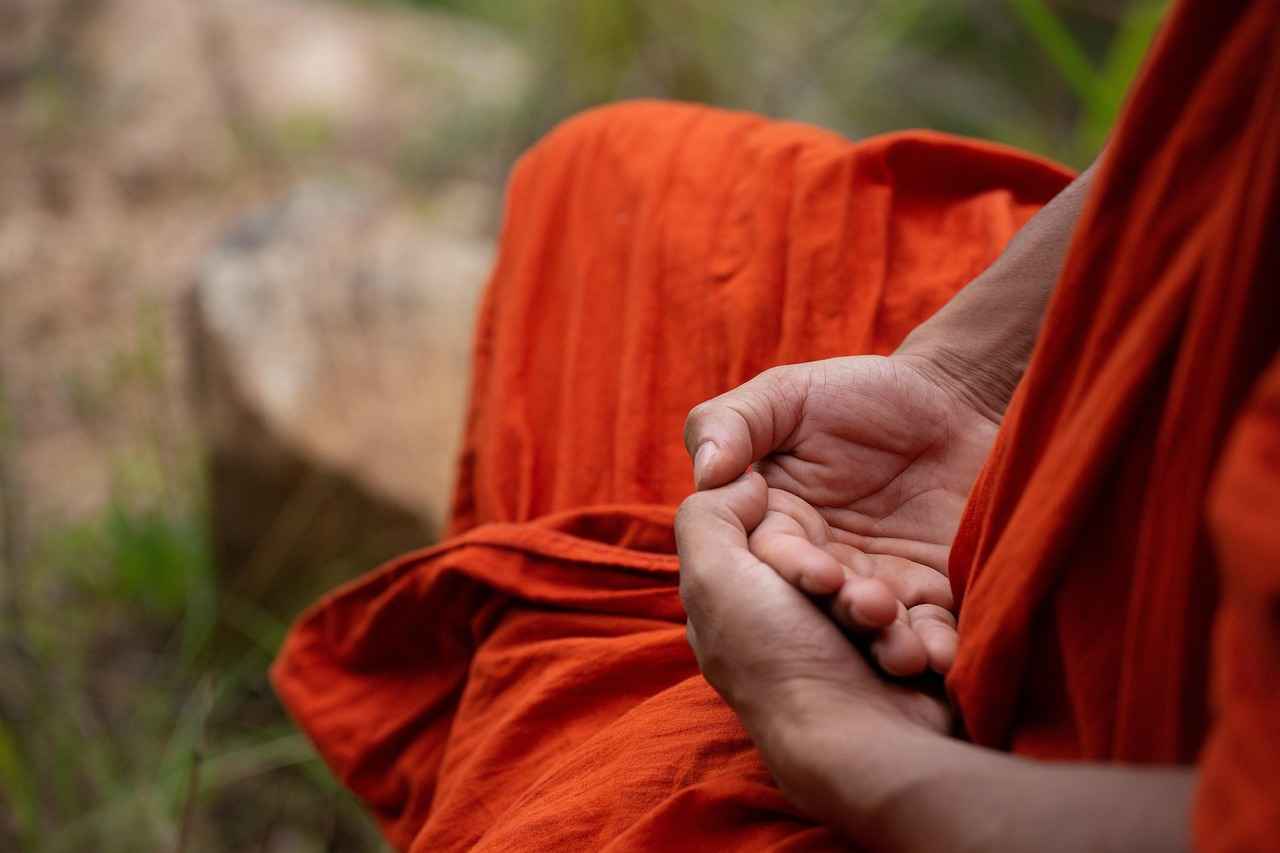
Understanding the Basics of Yoga
Yoga is a profound and ancient practice that has evolved over thousands of years, originating in the Indian subcontinent. It is not merely a form of exercise; rather, it is a holistic approach to achieving mental, physical, and spiritual well-being. By integrating a series of physical postures, deliberate breathing exercises, and meditative practices, yoga aims to create a harmonious balance within the body and mind.
The roots of yoga can be traced back to ancient texts known as the Vedas and the Upanishads, which date back over 5,000 years. These texts outline various aspects of yoga, emphasizing its role in achieving self-realization and a deeper connection with the universe. Through the practice of yoga, individuals learn to cultivate mindfulness and develop a heightened awareness of their thoughts and emotions.
At its core, yoga is built on several fundamental principles, including:
- Asanas: The physical postures that enhance flexibility, strength, and balance.
- Pranayama: Breathing techniques that help control the vital energy (prana) within the body.
- Dhyana: Meditation practices aimed at fostering concentration and mental clarity.
- Ethical Principles: Guidelines for living, such as non-violence (ahimsa) and truthfulness (satya), which contribute to a harmonious life.
Yoga is not a one-size-fits-all practice; it can be adapted to suit individual needs and preferences, making it accessible to people of all ages and fitness levels. Whether you are seeking to alleviate stress, improve physical health, or deepen your spiritual practice, yoga offers a versatile path toward achieving your goals.
As you embark on your yoga journey, it is essential to approach the practice with an open mind and a willingness to explore its various dimensions. By understanding the basics of yoga, you can unlock its full potential and experience the profound benefits it has to offer.
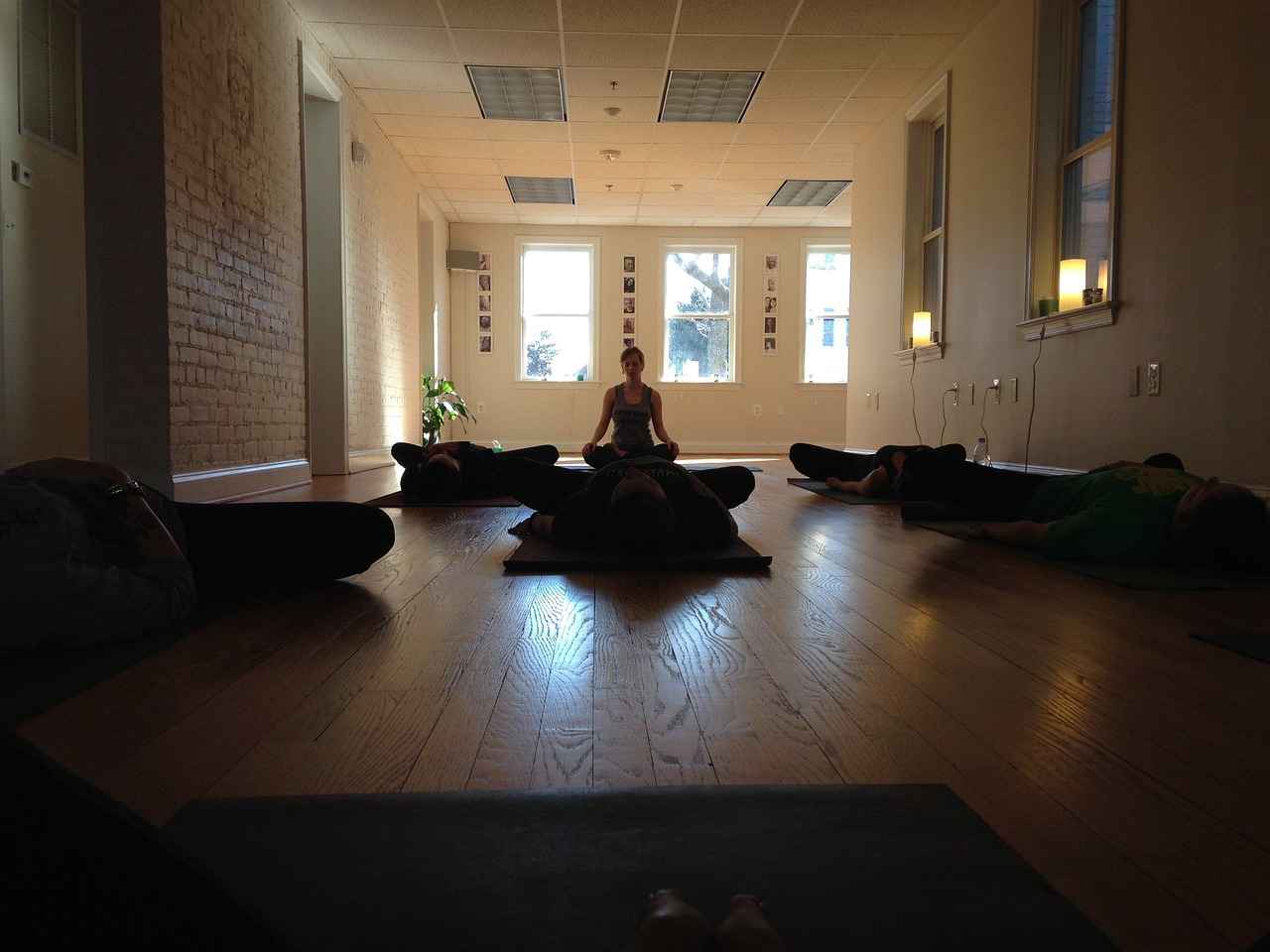
The Role of Asian Massage Techniques
Asian massage techniques have gained significant recognition for their ability to promote wellness through various methods that focus on energy balance and tension relief. Among these techniques, Shiatsu, Thai, and Tui Na stand out for their unique approaches and benefits. This section delves into each technique, highlighting how they can enhance overall well-being.
- Shiatsu: Originating from Japan, Shiatsu is a form of acupressure that uses finger pressure on specific points along the body’s meridians. This technique aims to restore the flow of energy, known as “ki,” promoting relaxation and reducing stress. Shiatsu not only alleviates physical tension but also enhances mental clarity, making it an excellent companion to yoga practices.
- Thai Massage: Known for its dynamic and interactive approach, Thai massage integrates assisted yoga-like stretches with acupressure techniques. This method encourages flexibility and improves circulation, which can significantly enhance a yoga practitioner’s performance. The rhythmic movements and deep stretches in Thai massage work synergistically with yoga postures, allowing for a more profound release of tension.
- Tui Na: A traditional Chinese massage technique, Tui Na focuses on the manipulation of soft tissues and the application of pressure to specific points. This method is often used to treat musculoskeletal issues and promote overall health. By aligning the body’s energy, Tui Na helps in restoring balance and can be particularly beneficial for those engaged in regular yoga practice.
Each of these techniques offers unique benefits that can significantly enhance your overall wellness. By incorporating Shiatsu, Thai, or Tui Na into your routine, you can experience improved flexibility, reduced stress levels, and a greater sense of balance. Understanding the distinct characteristics of these Asian massage techniques allows individuals to choose the method that best aligns with their personal wellness goals.
Shiatsu: The Japanese Healing Art
Shiatsu is a traditional Japanese massage technique that utilizes finger pressure to stimulate specific points on the body, promoting healing and restoring energy balance. Rooted in the principles of traditional Chinese medicine, Shiatsu operates on the belief that energy, or “ki,” flows through pathways in the body known as meridians. By applying pressure to these points, Shiatsu aims to alleviate tension, enhance circulation, and improve overall well-being.
Practitioners of Shiatsu employ a variety of techniques, including stretching, kneading, and rotational movements. These methods not only address physical discomfort but also help in achieving a state of deep relaxation. This makes Shiatsu an excellent complement to yoga practices, where flexibility and mental focus are paramount.
Integrating Shiatsu into your yoga routine can lead to numerous benefits. For instance, it can significantly enhance muscle recovery and flexibility, allowing practitioners to perform poses with greater ease and depth. The combination of Shiatsu and yoga also fosters a heightened sense of body awareness, which is essential for mastering complex postures.
One practical way to incorporate Shiatsu techniques into yoga is through self-massage. For example, using your fingers to apply pressure to the soles of your feet or the base of your neck can prepare your body for practice and enhance relaxation during meditation. Additionally, practicing Shiatsu techniques can serve as a warm-up before engaging in more strenuous yoga sessions, helping to loosen tight muscles and improve circulation.
Moreover, Shiatsu is beneficial post-yoga as well. It aids in alleviating muscle soreness and promotes a quicker recovery, ensuring that your body is ready for the next practice. The gentle pressure applied during Shiatsu can help release lactic acid buildup, further enhancing your overall yoga experience.
In summary, Shiatsu is not just a standalone healing art; it is a powerful ally in your journey towards complete wellness. By embracing the principles and techniques of Shiatsu, yoga practitioners can achieve improved flexibility, relaxation, and a deeper connection with their bodies.
Benefits of Shiatsu for Yoga Practitioners
Sparking a deeper connection between body and mind, Shiatsu massage presents a multitude of benefits for yoga practitioners. By enhancing muscle recovery and flexibility, Shiatsu becomes a vital ally in the pursuit of holistic wellness. Below, we explore the specific advantages that individuals can expect when integrating Shiatsu into their yoga routines.
- Enhanced Muscle Recovery: Shiatsu facilitates blood circulation and lymphatic flow, which are essential for muscle recovery. The pressure applied during a Shiatsu session helps to release tension and reduce soreness, allowing practitioners to bounce back more quickly after intense yoga sessions.
- Improved Flexibility: Regular Shiatsu treatments can help to loosen tight muscles and connective tissues, resulting in greater flexibility. This is particularly beneficial for yoga practitioners, as increased flexibility can lead to deeper stretches and improved postures.
- Stress Reduction: The rhythmic and gentle pressure of Shiatsu promotes relaxation, which can significantly reduce stress levels. Lower stress enhances focus and mindfulness during yoga practice, allowing practitioners to connect more deeply with their breath and movements.
- Alignment and Posture Improvement: Shiatsu can assist in correcting misalignments in the body. By addressing muscle imbalances and promoting proper posture, it complements the alignment principles taught in yoga, leading to more effective and safer practice.
- Holistic Energy Balance: Shiatsu operates on the principle of energy flow within the body. By balancing this energy, practitioners can experience a renewed sense of vitality and well-being, which translates into a more invigorated yoga practice.
Incorporating Shiatsu into a yoga routine not only enhances physical capabilities but also supports emotional and mental health. For those seeking to deepen their practice and achieve a more balanced state of being, Shiatsu offers a powerful complement to the transformative journey of yoga.
Shiatsu Techniques to Incorporate
Incorporating Shiatsu techniques into your yoga practice can significantly enhance your overall experience, promoting deeper relaxation and improved focus. These techniques, rooted in traditional Japanese healing practices, utilize finger pressure to stimulate specific points on the body, facilitating energy flow and tension release. Here are some practical tips on how to seamlessly integrate these techniques into your yoga sessions:
- Start with Warm-Up Techniques: Before beginning your yoga session, take a few moments to perform simple Shiatsu techniques. Focus on areas where you usually hold tension, such as the neck, shoulders, and lower back. Use your fingers to apply gentle pressure in a circular motion to loosen tight muscles.
- Incorporate Pressure Points: While holding a yoga pose, apply gentle pressure to specific Shiatsu points. For example, while in Child’s Pose, you can press on the point located between your eyebrows (Yintang) to enhance relaxation and mental clarity.
- Use Breath and Pressure Together: Coordinate your breathing with Shiatsu techniques. As you inhale, apply pressure to the points; as you exhale, release. This rhythm can deepen your focus and enhance the meditative aspect of your practice.
- Partner Techniques: If you practice yoga with a partner, consider incorporating Shiatsu techniques together. One partner can perform gentle Shiatsu while the other holds a pose, allowing for a shared experience of relaxation and connection.
- Cool Down with Shiatsu: At the end of your yoga session, use Shiatsu techniques to cool down. Focus on areas that may feel fatigued or tight, applying pressure to aid in recovery and promote a sense of calm.
By integrating these Shiatsu techniques into your yoga routine, you can enhance your practice, leading to improved relaxation, focus, and overall well-being. This combination not only enriches the physical aspects of yoga but also deepens the mental and emotional benefits, creating a more holistic approach to wellness.
Thai Massage: A Dynamic Approach
Thai massage, an ancient healing practice rooted in traditional Thai medicine, is a unique blend of acupressure and assisted yoga postures. This holistic technique not only promotes deep relaxation but also enhances flexibility, making it a perfect companion to yoga practice.
- Enhancing Flexibility: One of the primary benefits of Thai massage is its ability to improve flexibility. The assisted yoga postures incorporated in this massage style gently stretch the muscles and joints, facilitating a greater range of motion. This is particularly beneficial for yoga practitioners looking to deepen their postures.
- Promoting Relaxation: The rhythmic pressure applied during Thai massage helps to release tension in the body. This relaxation is crucial for preparing the mind and body for yoga practice, allowing for a more focused and fulfilling session.
- Balancing Energy: Thai massage is based on the concept of energy lines, known as “Sen.” By stimulating these lines, the massage helps to balance energy flow throughout the body, which can enhance the overall yoga experience.
Integration with Yoga Practice
Integrating Thai massage into a yoga routine can significantly enhance physical well-being. Practitioners often find that the combination of deep stretching and acupressure not only alleviates muscle stiffness but also cultivates a deeper mind-body connection.
For example, before a yoga session, a Thai massage can:1. Loosen tight muscles.2. Improve blood circulation.3. Prepare the body for deeper stretches.After yoga, the massage aids in:1. Muscle recovery.2. Reducing soreness.3. Enhancing relaxation.
In conclusion, the dynamic approach of Thai massage offers numerous advantages that can elevate a yoga practice. By fostering flexibility, relaxation, and energy balance, this ancient technique supports overall well-being, making it an invaluable tool for both novice and experienced yogis alike.
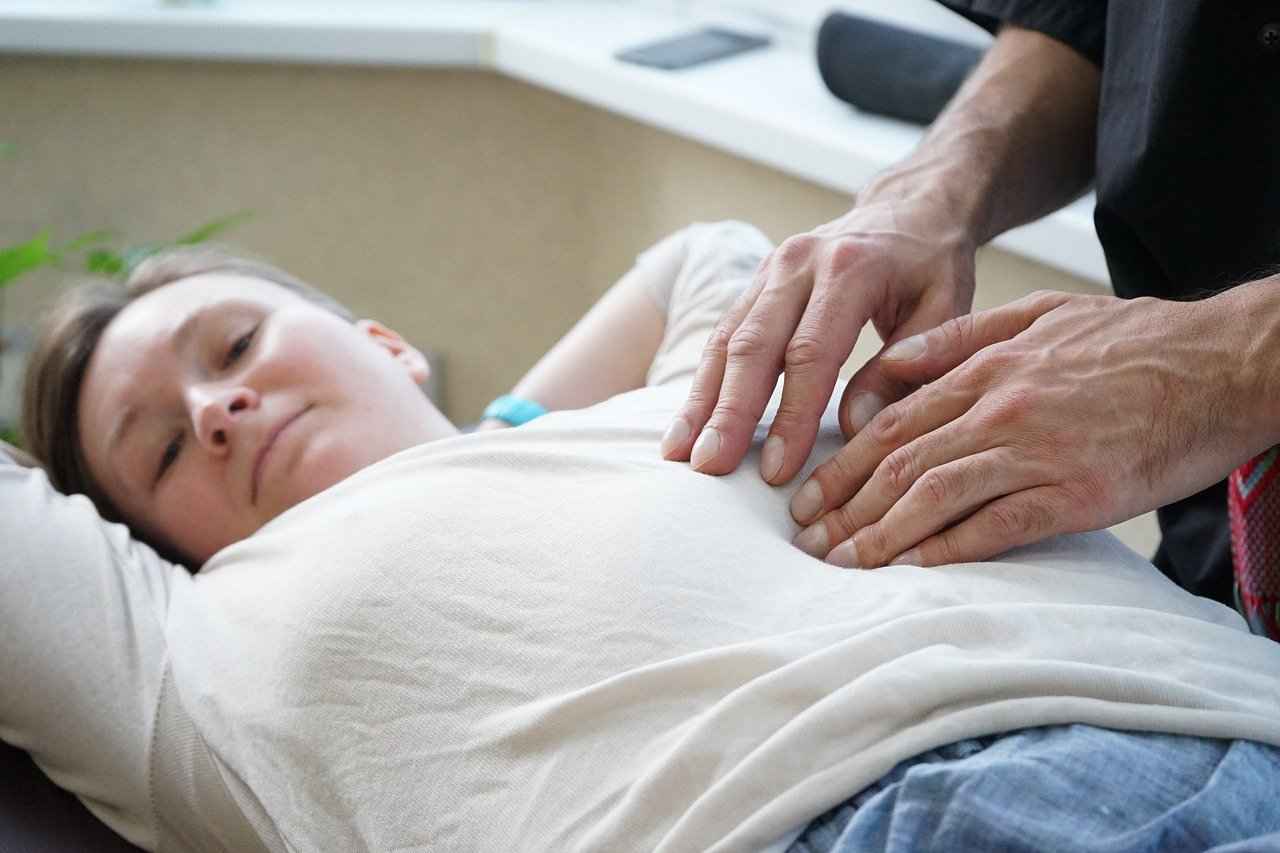
Integrating Massage Techniques into Your Yoga Routine
Integrating massage techniques into your yoga routine can significantly enrich your practice and enhance its numerous benefits. By blending these two disciplines, practitioners can experience a deeper level of relaxation, improved flexibility, and greater overall wellness. This section outlines effective strategies for merging massage with yoga, ensuring that participants can achieve optimal results.
One of the most effective ways to incorporate massage techniques into your yoga practice is through pre-yoga sessions. A gentle massage before starting your yoga routine helps to warm up the muscles, improve circulation, and prepare the body for movement. Techniques such as light kneading or effleurage can be applied to areas that typically hold tension, like the shoulders and lower back. This not only reduces the risk of injury but also enhances the mind-body connection, allowing for a more focused and enjoyable experience.
During the yoga session, practitioners can also utilize specific self-massage techniques to maintain relaxation and focus. For instance, incorporating gentle pressure on acupressure points can help release tension and promote energy flow throughout the body. Using props like massage balls or foam rollers can also be beneficial, allowing individuals to target sore spots while transitioning between poses.
After completing a yoga session, a post-yoga recovery massage can be incredibly advantageous. This type of massage aids in muscle recovery and alleviates soreness, helping to restore balance and relaxation. Techniques such as deep tissue massage or stretching can be applied to areas that were heavily engaged during practice, promoting faster recovery and reducing stiffness.
Ultimately, the integration of massage techniques into your yoga routine creates a comprehensive approach to wellness. By understanding the timing and techniques that work best for your body, you can enjoy a more fulfilling and enriching yoga experience. This synergy not only enhances physical performance but also fosters a deeper sense of mental clarity and emotional well-being.
Pre-Yoga Massage Benefits
Engaging in yoga requires both physical and mental readiness, and one effective way to achieve this is through a pre-yoga massage. This practice serves as a powerful tool to enhance your yoga experience by preparing the body and mind for the session ahead.
A pre-yoga massage offers several benefits that can significantly improve your performance and enjoyment during yoga. Firstly, it helps in loosening tight muscles. Many individuals carry tension in their muscles, which can hinder flexibility and movement during yoga poses. By receiving a massage beforehand, these tight areas can be relaxed, allowing for a smoother flow in your practice.
Moreover, a pre-yoga massage improves circulation. Enhanced blood flow ensures that oxygen and nutrients are delivered efficiently to the muscles, preparing them for the physical demands of yoga. This increased circulation can also help in reducing the risk of injuries, as warmed-up muscles are less prone to strains.
Another significant advantage is the mental preparation that a massage provides. The calming effects of massage therapy can help clear the mind, making it easier to focus on breathing and mindfulness during yoga. This mental clarity can lead to a more fulfilling and connected practice.
- Enhanced Flexibility: By relaxing muscles, massage can improve range of motion.
- Reduced Stress: Massage therapy lowers cortisol levels, promoting relaxation.
- Increased Body Awareness: It helps practitioners connect with their bodies, fostering a deeper understanding of their physical limits.
Incorporating a pre-yoga massage into your routine can transform your practice. Whether you opt for techniques from Shiatsu, Thai, or other Asian massage styles, the key is to find what works best for you. This approach not only prepares your body but also enriches your overall yoga experience, making each session more enjoyable and effective.
Post-Yoga Recovery Massage
After an invigorating yoga session, your body may feel both energized and fatigued. This is where a comes into play, serving as an essential tool for promoting relaxation and aiding in muscle recovery. In this section, we will delve into various techniques that can maximize recovery after your yoga practice, ensuring your body feels rejuvenated and ready for the next session.
A post-yoga massage not only helps to alleviate muscle soreness but also enhances the overall benefits of your yoga practice. Here are some key techniques to consider:
- Swedish Massage: This technique utilizes long, flowing strokes to promote relaxation and improve circulation. It is particularly effective in reducing muscle tension and enhancing flexibility.
- Deep Tissue Massage: Targeting deeper layers of muscle and connective tissue, this method is ideal for addressing chronic pain and muscle stiffness. It can help release knots that may have formed during your yoga practice.
- Myofascial Release: By applying gentle sustained pressure to the fascia, this technique helps to eliminate restrictions and improve blood flow, contributing to a more profound sense of relaxation.
- Trigger Point Therapy: This technique focuses on specific points of tightness within muscles. By applying pressure to these trigger points, you can relieve pain and restore mobility, enhancing your overall yoga experience.
Incorporating these techniques into your post-yoga routine can significantly enhance recovery. For instance, a combination of Swedish and deep tissue massage can provide both relaxation and relief from tight muscles. It’s essential to listen to your body and adjust the intensity of the massage based on your needs.
Additionally, consider scheduling your massage soon after your yoga session to maximize its benefits. This timing allows the therapist to target muscles that have been actively engaged during your practice, ensuring a more effective recovery process.
Ultimately, integrating a post-yoga recovery massage into your wellness routine can lead to improved performance in your yoga practice, increased relaxation, and a more profound connection between your mind and body.
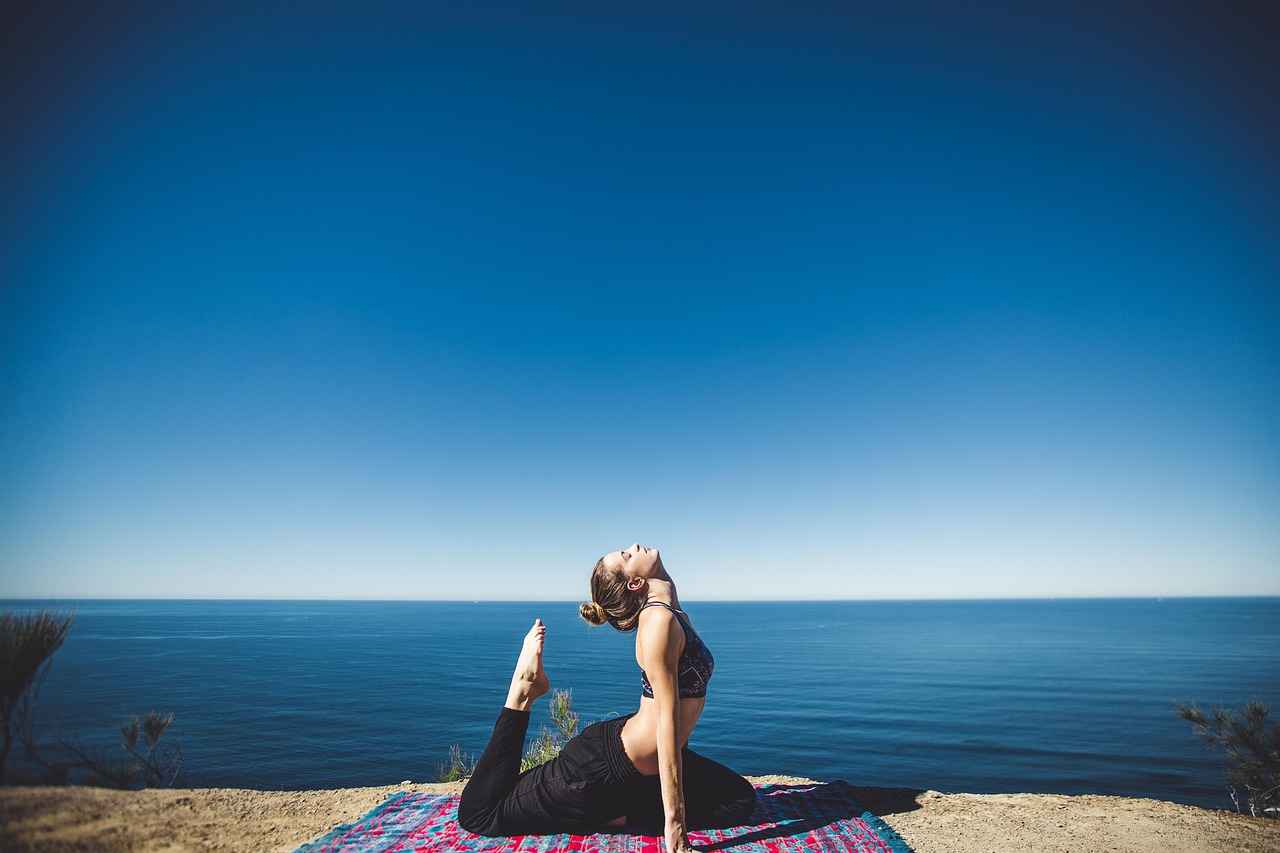
Choosing the Right Massage Technique for Your Needs
Choosing the right massage technique is essential for enhancing your yoga practice and achieving your wellness goals. With a variety of Asian massage methods available, understanding how to select the most suitable one can significantly impact your overall experience and benefits.
- Identify Your Goals: Begin by clarifying what you hope to achieve through massage. Are you seeking relaxation, pain relief, or increased flexibility? Each massage technique offers different benefits tailored to specific needs.
- Consider Your Physical Condition: Evaluate your body’s current state. If you have chronic pain or injuries, techniques like Shiatsu may provide the targeted relief you need. For those looking to enhance flexibility, Thai massage could be more beneficial.
- Explore Different Techniques: Familiarize yourself with various Asian massage styles. For example, Tui Na focuses on energy flow and can be invigorating, while Shiatsu involves gentle pressure to promote relaxation. Understanding these differences will help you make an informed choice.
- Listen to Your Body: Pay attention to how your body responds to different techniques. If you feel more relaxed and rejuvenated after a specific type of massage, that may be the right choice for you.
- Consult with Professionals: Engaging with a qualified massage therapist can provide personalized recommendations. They can assess your needs and suggest the most effective technique based on your individual circumstances.
In summary, selecting the right massage technique involves a thoughtful assessment of your goals, physical condition, and personal preferences. By taking the time to understand these factors, you can enhance your yoga practice and overall well-being through the right Asian massage method.
Understanding Your Body’s Signals
When it comes to selecting the most suitable massage technique, listening to your body is of utmost importance. Each individual’s physical and emotional state can greatly influence their choice of massage. Understanding your body’s signals is essential for making informed decisions that promote wellness and relaxation.
First and foremost, it is crucial to recognize your physical sensations. Are you feeling tightness in specific areas, or is there general fatigue? For instance, if your muscles feel tense and sore, a technique like Shiatsu, which focuses on acupressure and muscle release, may be beneficial. Conversely, if you are experiencing stress or anxiety, a more gentle approach, such as Thai massage, which incorporates stretching and relaxation, might be more appropriate.
In addition to physical sensations, it’s equally important to consider your emotional state. Are you feeling overwhelmed, anxious, or perhaps in need of rejuvenation? A massage technique that emphasizes deep tissue work can help relieve emotional tension, while a lighter, more soothing massage can provide comfort and relaxation. Listening to these emotional cues can guide you towards a massage style that aligns with your current needs.
Moreover, self-reflection plays a significant role in understanding your body’s signals. Take a moment to assess how you feel before and after your yoga practice or any physical activity. This self-assessment can help you identify what type of massage will best support your body’s recovery and enhance your overall experience.
Ultimately, by tuning into your body’s signals, you empower yourself to select a massage technique that not only complements your yoga practice but also addresses your unique physical and emotional needs. This mindful approach can lead to a more fulfilling and beneficial wellness journey.
Consulting Professionals for Personalized Guidance
When it comes to enhancing your wellness journey, consulting with trained massage therapists can be an invaluable step. These professionals bring a wealth of knowledge and experience that can be tailored to your specific needs, ensuring that the techniques employed are not only effective but also safe. This section will explore the myriad benefits of professional guidance in crafting a holistic wellness plan.
One of the primary advantages of working with a massage therapist is their ability to assess your individual requirements. Each person’s body is unique, and what works for one individual may not work for another. By understanding your physical condition, stress levels, and wellness goals, a therapist can recommend specific massage techniques that will best support your yoga practice and overall health.
- Customized Techniques: Trained therapists can modify traditional massage techniques, such as Shiatsu or Thai, to suit your needs, focusing on areas that require more attention.
- Injury Prevention: Professional guidance can help identify potential issues before they escalate, reducing the risk of injury during yoga or other physical activities.
- Enhanced Recovery: After intense yoga sessions, therapists can provide targeted massage that aids recovery, relieving muscle soreness and promoting relaxation.
Moreover, therapists can educate you on self-care practices that you can incorporate into your daily routine. This knowledge empowers you to take an active role in your wellness journey, making informed choices that enhance your physical and mental health.
In conclusion, collaborating with trained massage therapists offers a pathway to a more personalized and effective wellness plan. By leveraging their expertise, you can achieve a harmonious balance between body and mind, maximizing the benefits of both yoga and massage.
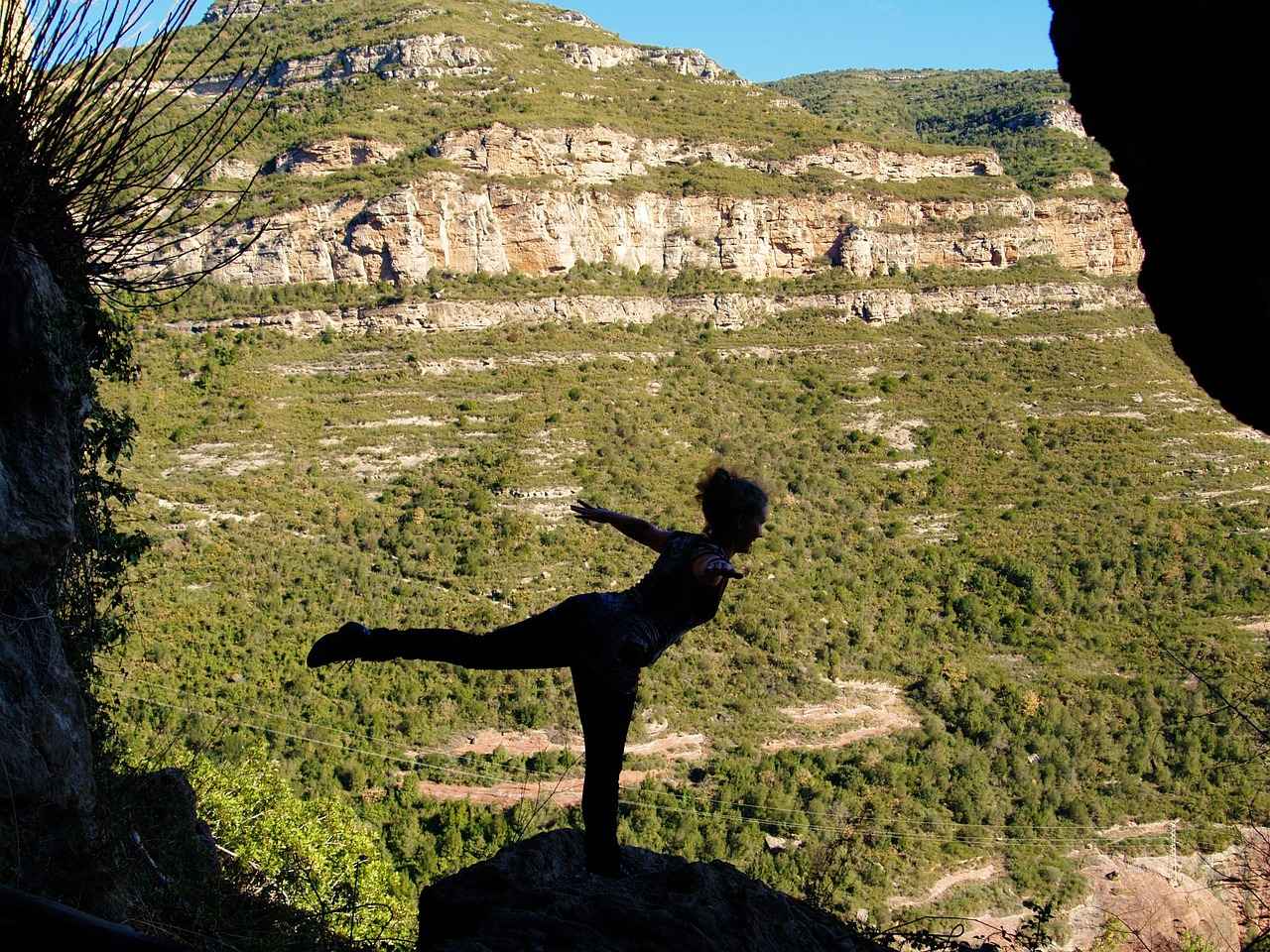
The Synergy of Yoga and Asian Massage for Stress Relief
In today’s fast-paced world, stress has become a common challenge for many individuals. Fortunately, both yoga and Asian massage techniques have emerged as effective solutions for alleviating stress and promoting overall well-being. This section explores the powerful synergy between these two practices, demonstrating how their combination can lead to enhanced relaxation and improved mental clarity.
Yoga is well-known for its ability to calm the mind and strengthen the body through various postures and breathing exercises. It encourages mindfulness, allowing practitioners to connect deeply with their bodies and emotions. Meanwhile, Asian massage, encompassing techniques such as Shiatsu, Thai, and Tui Na, focuses on restoring energy balance and relieving muscle tension. By integrating these practices, individuals can experience a profound sense of tranquility.
When yoga and Asian massage are combined, the benefits multiply. For instance, a pre-yoga massage can prepare the body by loosening tight muscles and enhancing circulation, making it easier to achieve deeper stretches during yoga practice. This not only enhances physical performance but also sets a calm mental state, allowing for a more focused and fulfilling session.
Conversely, a post-yoga massage can significantly aid in recovery. After an intense yoga session, muscles may feel fatigued or sore. Targeted massage techniques can alleviate this discomfort, promoting relaxation and accelerating recovery. This cycle of preparation and recovery ensures that practitioners maintain a balanced approach to their wellness journey.
Ultimately, the integration of yoga and Asian massage creates a holistic approach to stress relief. By addressing both the physical and mental aspects of wellness, individuals can cultivate a deeper sense of peace and clarity, contributing to their overall health and happiness.
Frequently Asked Questions
- What are the benefits of combining yoga with Asian massage techniques?
Combining yoga with Asian massage techniques can significantly enhance your overall wellness. It helps in relieving stress, improving flexibility, and promoting muscle recovery, creating a harmonious balance between mind and body.
- How can Shiatsu benefit my yoga practice?
Shiatsu can improve your flexibility and aid in muscle recovery, making it a fantastic addition to your yoga routine. It utilizes finger pressure to restore energy balance, which complements the physical demands of yoga.
- What should I expect from a pre-yoga massage?
A pre-yoga massage helps loosen tight muscles and improves circulation, preparing your body for the practice ahead. It’s like warming up your car before a long drive—essential for a smooth journey!
- How do I choose the right massage technique for my needs?
Choosing the right massage technique involves listening to your body. Consider your physical and emotional needs, and don’t hesitate to consult a professional for personalized guidance to create a tailored wellness plan.
- Can I incorporate massage techniques into my yoga sessions?
Absolutely! Incorporating massage techniques into your yoga practice can enhance relaxation and focus. Simple Shiatsu techniques or Thai stretches can be seamlessly integrated for a more enriching experience.












